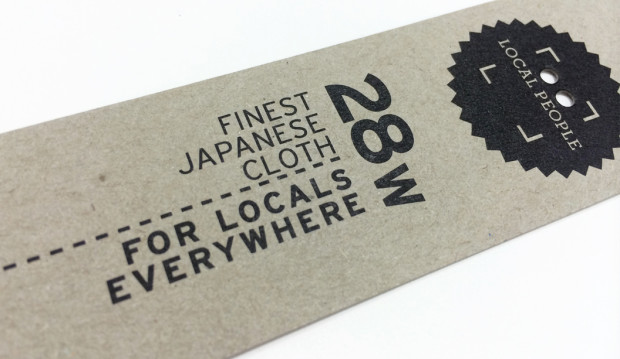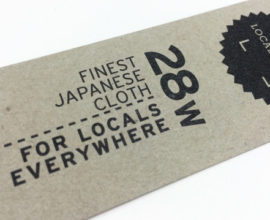The world of printing is a wondrous but complex beast with all the proofs, colour correction, press checks, papers to choose from etc. Yet it’s very rewarding too. Seeing that printed piece come off press is a damn good feeling. But, it can also be tricky to know which print method to choose, particularly between offset v digital, so we’ve put together a list of important facts you should know when designing and printing digital jobs.
1. What is digital printing? It is the term used to describe printing technology that links printing processes to computers. There are various technologies available but the two main types of machines fall under the HP Indigo or Dry Toner banners. Dry toner (powder toner) printers are the Kodak Nexpress, Fuji Xerox, Ricoh, Canon, Lanier, Konica Minolta. The HP Indigo (liquid electrostatic ink) presses include the 3550, 5600, 7600 and 10000 models.
2. Paper. You need to use digitally certified papers, particularly important for the HP Indigo. Some printers will use non certified stocks and that’s ok, but it’s up to them. It’s also handy to advise them of the gsm and ums. Check our ‘Doggett Digital’ section for our range.
3. Print quality. Improvements in digital printing means machines like the HP Indigo presses can produce similar print results to offset printing. Check out the astronauts below printed on Pop’Set Lime Tonic, Cosmo Pink and Black 320gsm with four hits of white ink and CMYK over the top.

4. Speed. Digital printing is a simpler process compared to offset. Without the need for plates, mixing inks etc the final print can be delivered faster.
5. Cost effective. No set-up costs, no minimum print quantities and no plate costs. Some digital machines are also capable of doing inline finishing like binding eg saddle stitch, perfect bound or wire binding, so costs and turnaround times are reduced.
6. Short runs. It’s ideal for printing small to medium quantities ie 1-1000 units.
7. Personalisation. Also known as variable data. This allows you to tailor your message to your audience so you can personalise invites with the recipient’s names ie wedding invitations. We’ve heard of a national retail store using this method for posters given each store had different details, they printed the job digitally in one go.
8. Effects. Some digital machines such as HP Indigo have the ability to print special effects like white ink, special Pantone PMS colours, UV red invisible ink that fluoresces under ultraviolet light, clear varnish and gloss effects and raised ink, like an emboss effect. Here are some examples of Buffalo Board 283gsm printed using CMYK and white ink.

9. Green. There are lots of positive environmental factors like no pre-press stages so no films, plates or photo chemicals which means less waste. Printing can use a lot of water but digital presses are now waterless saving thousands of litres of water per year.
10. Last minute jobs. Lucky for you, digital printing can be done on demand and you have the ability to make last minute changes at the time of printing via the computer.
There are also many reasons why you would use offset printing too like the fact you can tweak the colours on press, do long runs etc. So just make sure you go for the right print method depending on your desired outcome. Stay tuned for more printing tips and production information in the next issue of Fetch. This final piece is printed CMYK on Knight Digital Indigo 270gsm.

Referenced Site: http://www.kwdoggett.com.au/2014/08/top-10-digital-printing-tips





